Planting Any Of These 13 Native Hedging Plants Can Be A HUGE Boost To Local Wildlife

Reviewed By COLIN SKELLY

Colin is a Horticulturist and Horticultural Consultant with experience in a range of practical and managerial roles across heritage, commercial and public horticulture. He holds the Royal Horticultural Society’s Master of Horticulture award and has a particular interest in horticultural ecology and naturalistic planting for habitat and climate resilience.
Native plant species are renowned as an important source of food and shelter for local wildlife.
This includes birds and pollinators, which have developed alongside native species for thousands of years in the UK’s unique climate.1‘UK native’ plants and fungi. (2022, June 28). Kew Royal Botanic Gardens. Retrieved July 6, 2023, from https://growwild.kew.org/blog/uk-native-plants-and-fungi
They each have common properties which lend themselves to benefitting the local environment:
- A propensity to flower and/or produce edible fruit for wildlife (such as berries)
- A tendency to grow to a large size – offering shelter to birds, insects and other wildlife
- Their longevity – most are fully hardy perennials that will offer benefits year-after-year
For these reasons, planting native shrubs is, in my opinion, one of the most beneficial changes gardeners can make for their local environment.
Here are thirteen of my favourite hedging shrubs, each with its own special properties, that are all native to the UK –
1) Common Hawthorn
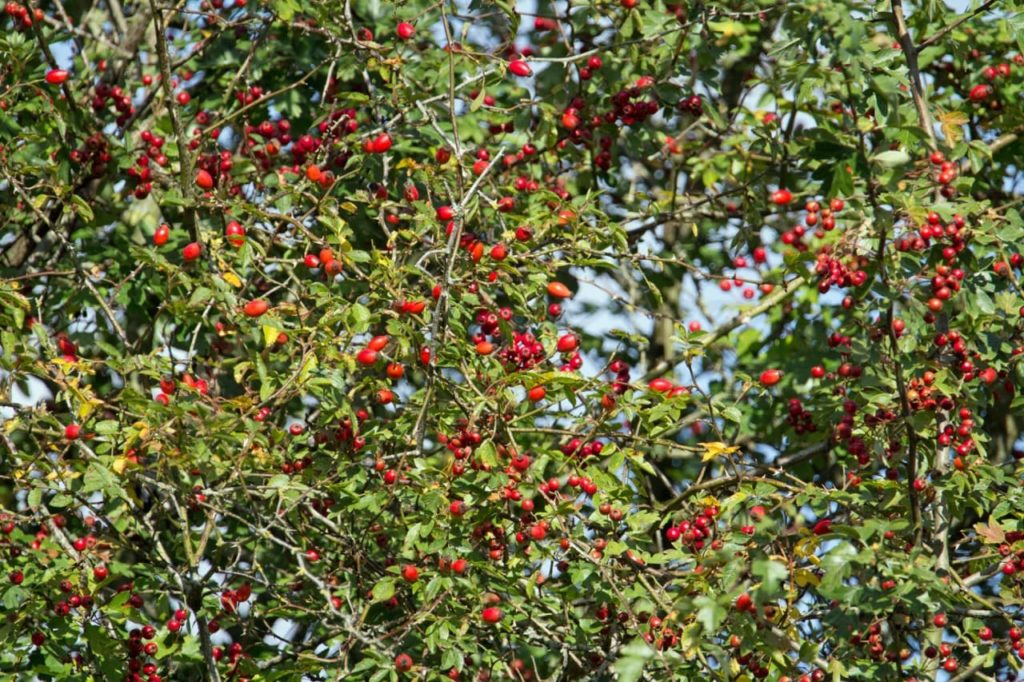
- BOTANICAL NAME: Crataegus monogyna
- HARDINESS RATING: H7
- FOLIAGE: deciduous
- FLOWERS: cream and white
- FLOWERING SEASON(S): spring
If an all-rounder award is given to a British hedging shrub, Hawthorn probably gets the nod.
It is so dense and thorny that it makes a top security barrier.
Next, it attracts and supports numerous species of birds, butterflies and bees, bringing joy to your garden.
During spring, Hawthorns are bedecked with charming creamy-pink blossoms which are even sweetly scented, whilst in autumn, glossy red berries and orange-golden leaves add further colour.
“If I could only choose one native hedging plant then I would opt for Hawthorn,” shares Master Horticulturist Colin Skelly.
“A good dense hedge but also with attractive flowers in early summer and berries in autumn. It’s very popular with pollinators and birds, they hum with life.”
2) Blackthorn
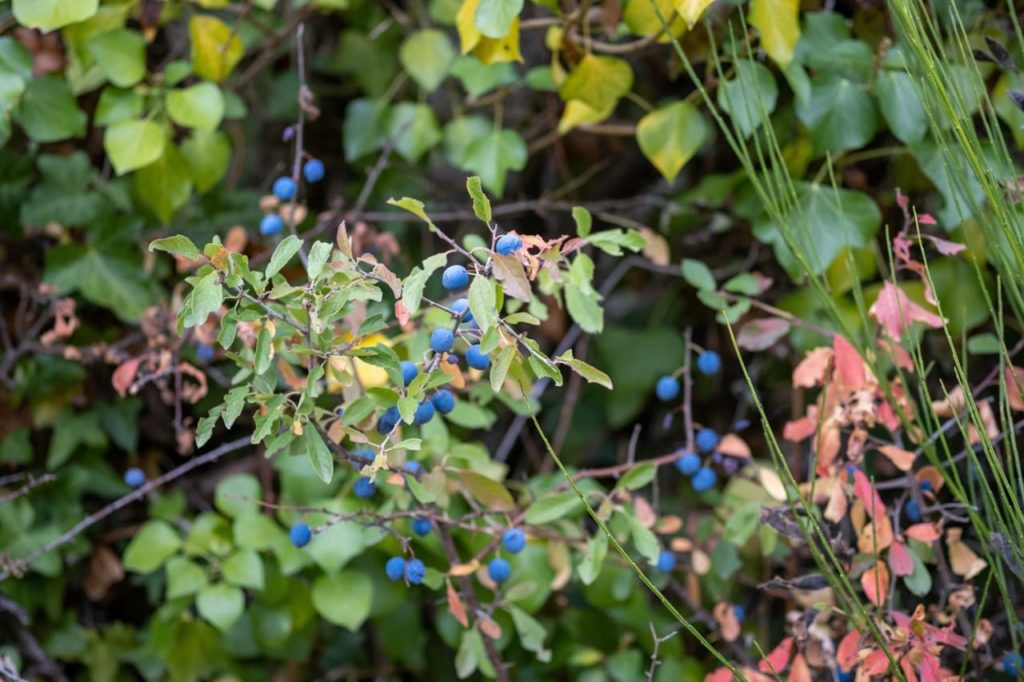
- BOTANICAL NAME: Prunus spinosa
- HARDINESS RATING: H7
- FOLIAGE: deciduous
- FLOWERS: white
- FLOWERING SEASON(S): spring
Blackthorn’s dense growth and spiny stems make it another excellent choice for a security barrier.
Although it has other merits, the most attractive thing about it is the stunning explosion of white blossom it displays early in the spring before the foliage has emerged.
These pretty white flowers draw numerous bees and butterflies as well.
Over summer and autumn, Blackthorn is adorned with deep blue berries and these too bring in their own share of birds and small wildlife to your garden.
3) Common Alder
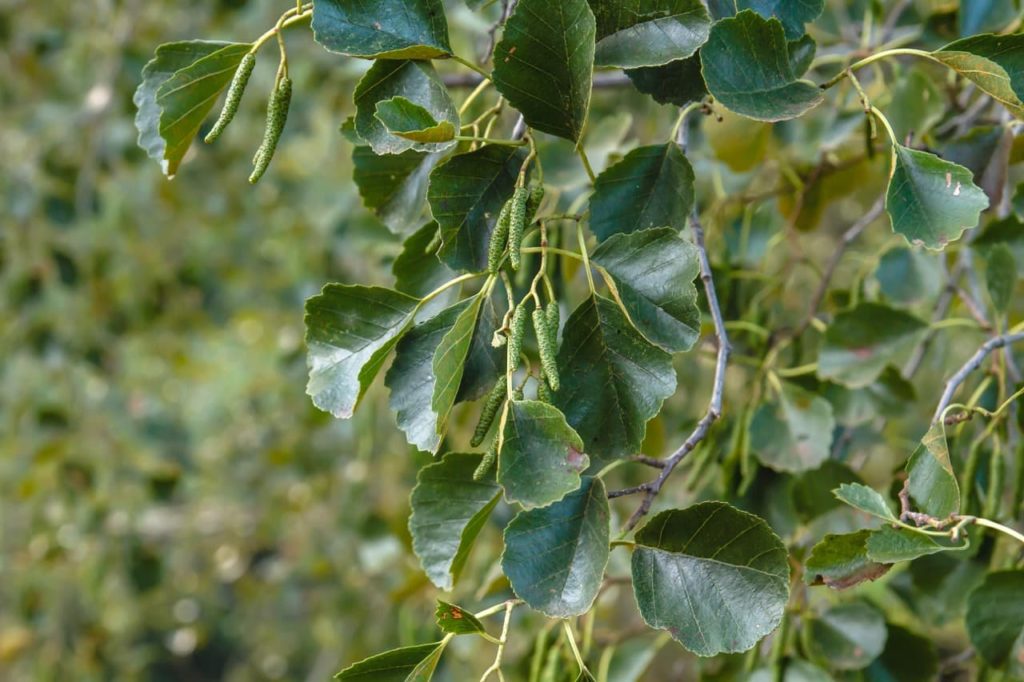
- BOTANICAL NAME: Alnus glutinosa
- HARDINESS RATING: H7
- FOLIAGE: deciduous
- FLOWERS: brown
- FLOWERING SEASON(S): spring
Alder hedging can tolerate poor and waterlogged soil, so it is heaven-sent for those who are struggling to grow a hedge in their neck of the woods.
Its foliage, consisting of brilliant green rounded leaves, is a refuge for small birds, moths and a variety of insect life.
Alder hedging provides a rustic sort of decor that changes with the seasons.
Purple-brown buds, dangling catkins and small cones, all in one hedge!
4) Common Beech

- BOTANICAL NAME: Fagus sylvatica
- HARDINESS RATING: H6
- FOLIAGE: deciduous
- FLOWERS: green
- FLOWERING SEASON(S): spring
Beech is commonly thought of as a tall tree, which it is, but it is also grown as a hedge.
After autumn, this shrub holds on to its dead russet foliage so tightly that it stays put clear into spring.
Spring is also when the loveliest of leaves emerge that are elliptic to oval with symmetric veins as if embossed and of a delicate, summery, light green hue.
This plant has received the RHS Award of Garden Merit.
5) Hazel
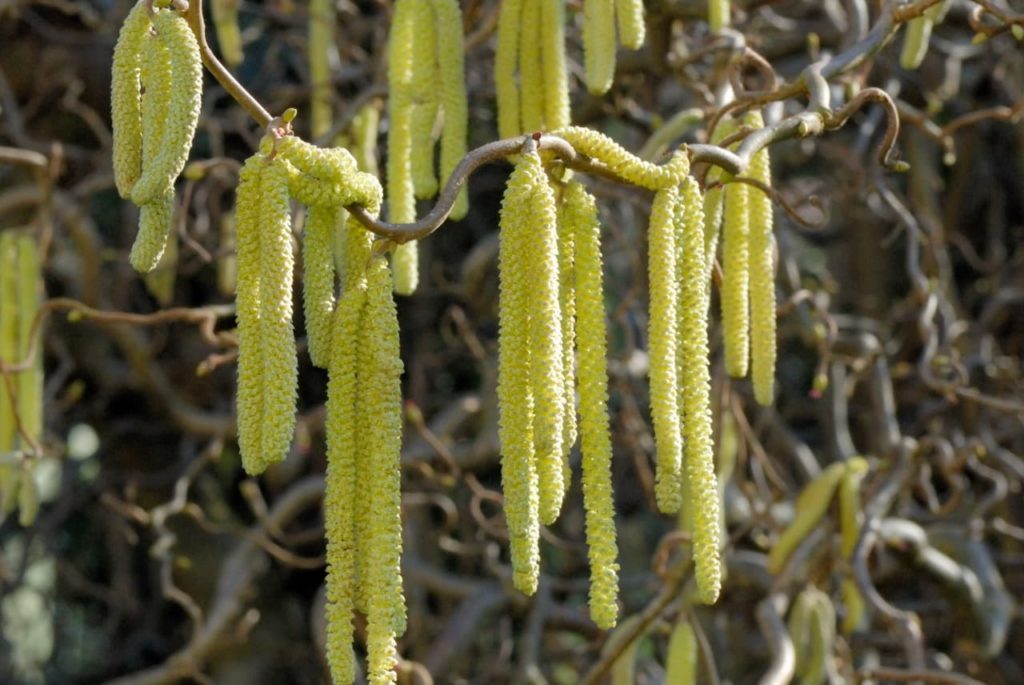
- BOTANICAL NAME: Corylus avellana
- HARDINESS RATING: H6
- FOLIAGE: deciduous
- FLOWERS: yellow
- FLOWERING SEASON(S): spring
In spring, Hazel displays delightful foliage made up of light and bright green, crinkly leaves, rounded with wavy margins.
Darkening as the seasons progress, in mid-autumn they adopt tones of yellow and orange.
Also in autumn, the hedge bears nuts for you to snack on in winter – if you can beat the squirrels to them!
It is in that bleak midwinter that this hedge produces furry yellow catkins, taking them into spring.
6) Common Holly
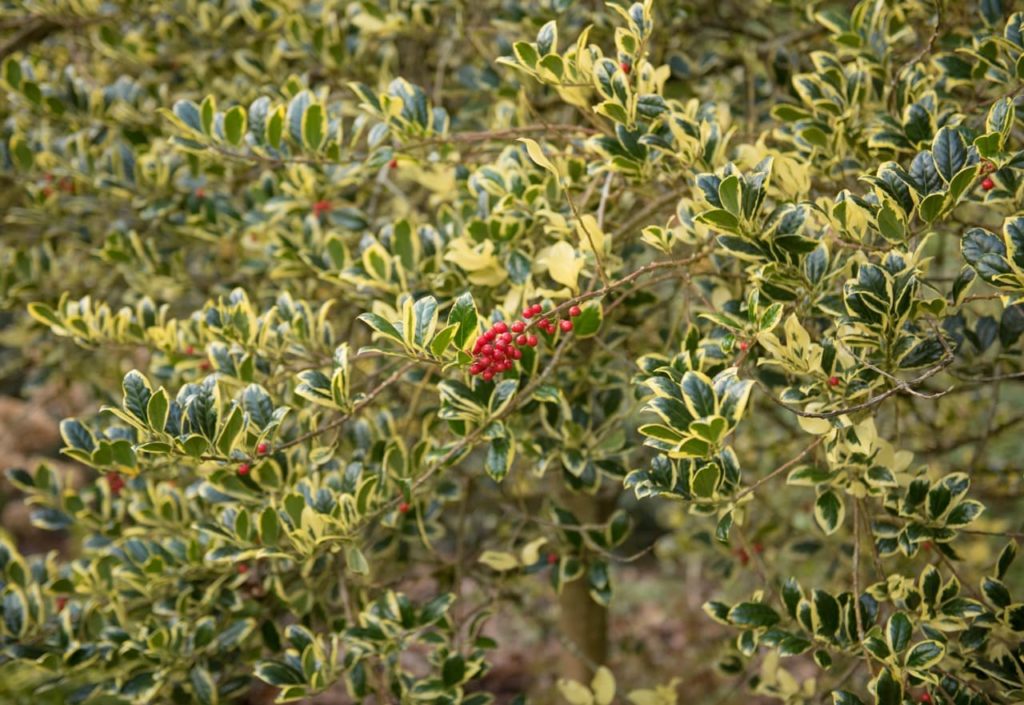
- BOTANICAL NAME: Ilex aquifolium
- HARDINESS RATING: H6
- FOLIAGE: evergreen
- FLOWERS: white
- FLOWERING SEASON(S): spring / summer
This hedge is adorned with pretty little white flowers over spring and summer.
As for those familiar glossy deep green leaves, toothed and spiny, they are present all year round.
Across autumn and winter, you’ll get those equally familiar spanking red berries.
Cut off a cluster with some foliage to bring in some Christmas cheer!
Another recipient of the RHS Award of Garden Merit.
7) Bird Cherry
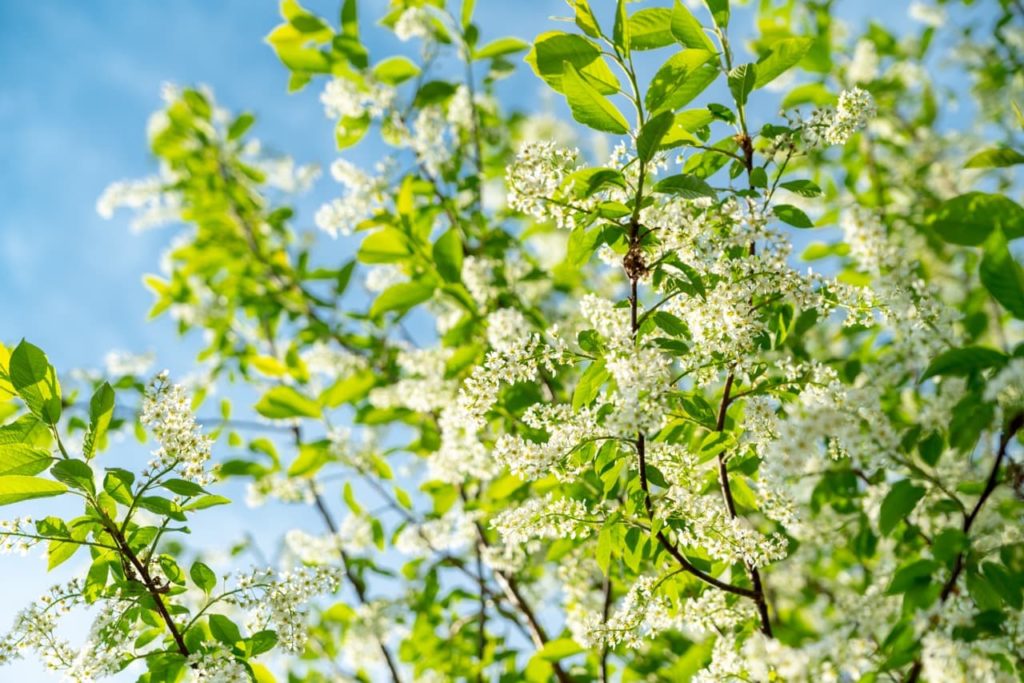
- BOTANICAL NAME: Prunus padus
- HARDINESS RATING: H6
- FOLIAGE: deciduous
- FLOWERS: white
- FLOWERING SEASON(S): spring
Featuring intensely green foliage, Bird Cherry also features intense whites and blacks!
By mid-spring, this hedge is loaded with an abundance of small intensely white flowers from which waft a delicious nutty scent.
Then, in late summer, the blossoms transform into purplish berries which turn intensely black.
Those flowers pull in pollinators, whilst the berries draw in birds and mammals.
8) Common Gorse

- BOTANICAL NAME: Ulex europaeus
- HARDINESS RATING: H6
- FOLIAGE: evergreen
- FLOWERS: yellow
- FLOWERING SEASON(S): winter / spring
Evergreen and flaunting thorns and spines as foliage, diminutive Gorse is at least an impenetrable security barrier.
Also, it grows well in virtually any type of soil, including poor soil and in coastal regions.
It is much appreciated for its small pea-like flowers; these are bright mustard-yellow and release an unusual and distinctive coconut-like scent.
These start in late winter and continue into early summer.
9) Common Dogwood
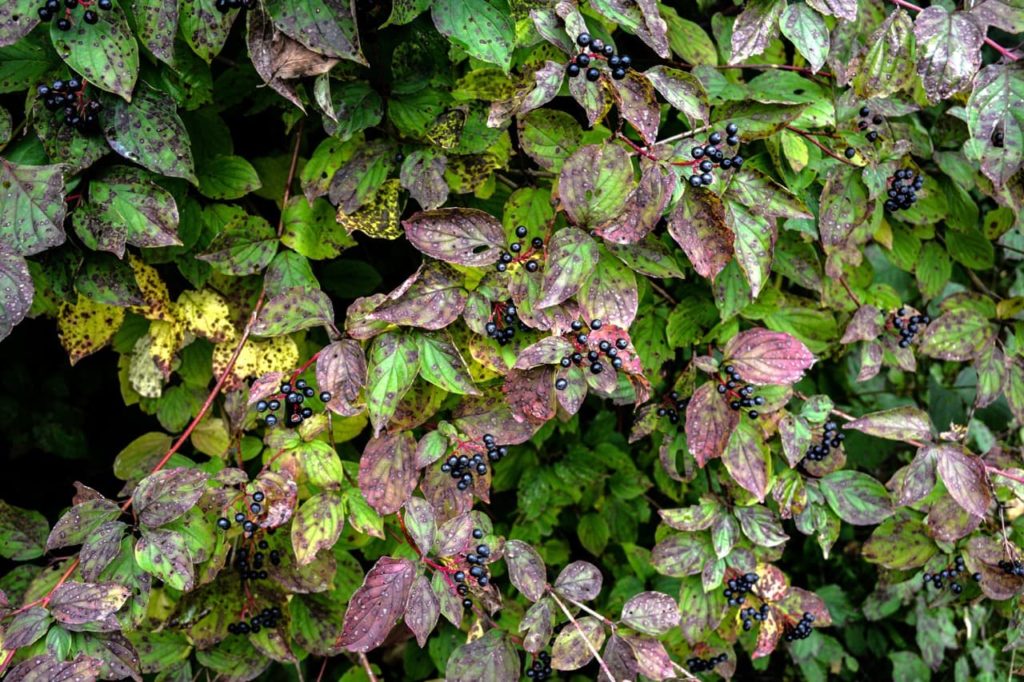
- BOTANICAL NAME: Cornus sanguinea
- HARDINESS RATING: H6
- FOLIAGE: deciduous
- FLOWERS: white
- FLOWERING SEASON(S): summer
Clusters of pretty white flowers emerge in late spring and last into summer, bringing many a colourful butterfly to your Dogwood hedge.
And, when these transform into black-coloured berries in autumn, you’ll see even more birds, including robins and thrushes.
This is a deciduous hedge, but the height of colour interest comes in winter, as after the copper-orange leaves are shed, your Dogwood hedge will be a tangle of bare stems that glow blazing red!
10) Common Hornbeam
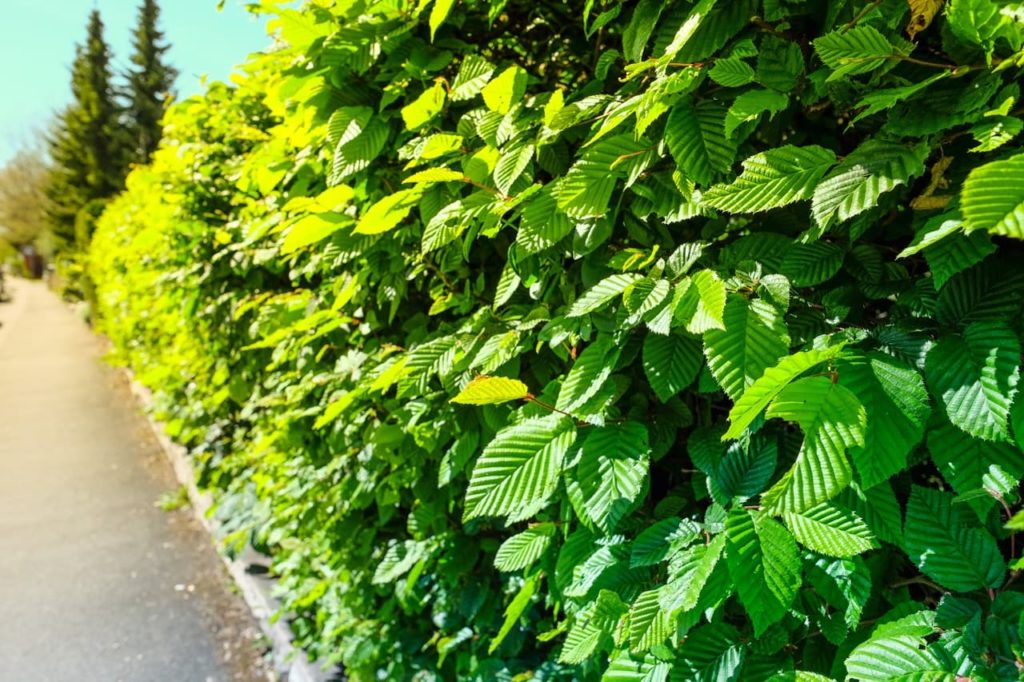
- BOTANICAL NAME: Carpinus betulus
- HARDINESS RATING: H7
- FOLIAGE: deciduous
- FLOWERS: green
- FLOWERING SEASON(S): spring
Heavy ridging and symmetric venation mark Hornbeam’s distinctive foliage.
These serrated leaves are a shimmering yellowish-green and put an autumn show when they glow in yellow and copper shades.
The greenish catkins span late spring to early autumn, and when they turn into fruit, they draw in an abundance of birds and small wildlife.
Finally, deciduous Hornbeam doesn’t become bare – it hangs on to most of its leaves through winter!
This shrub has received the RHS Award of Garden Merit.
11) Dog Rose
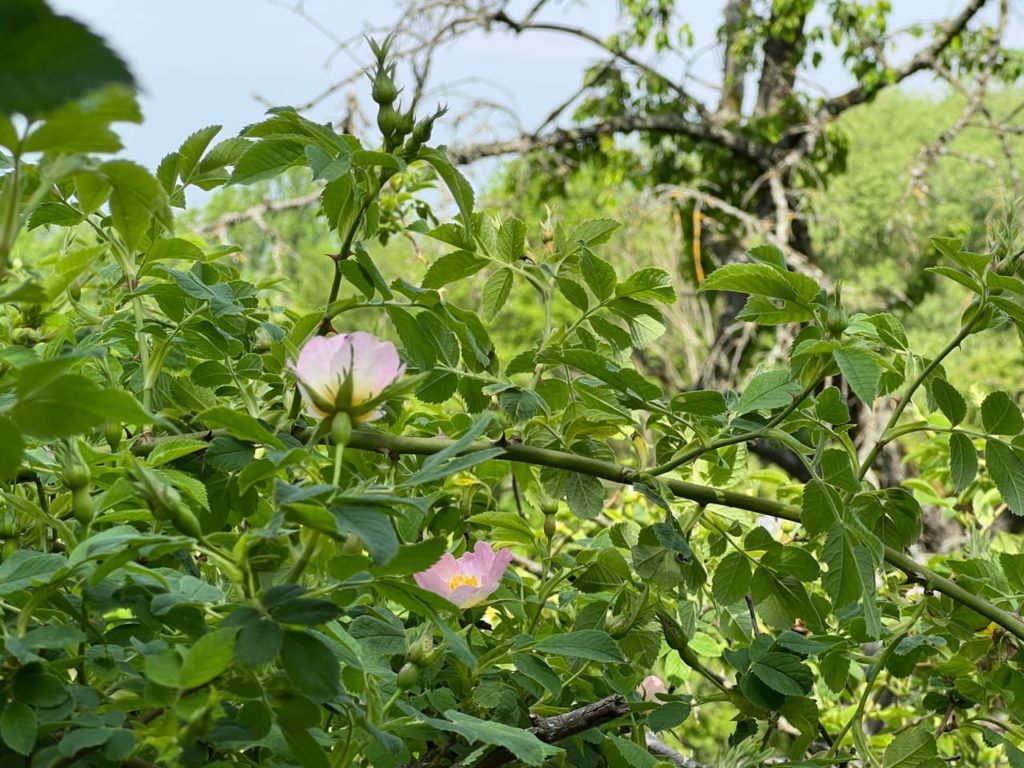
- BOTANICAL NAME: Rosa canina
- HARDINESS RATING: H7
- FOLIAGE: deciduous
- FLOWERS: pink and white
- FLOWERING SEASON(S): summer
A Dog Rose hedge will reward you with flowers that rival the blooms of some flowering plants.
A good 5cm across, the salver-shaped flowers are gradated in white and pastel pink with a sunny centre.
They have a mild scent and draw in many pollinators.
The blooms are seen during most of the summer and are followed by decorative bright red rose hips, which attract an astonishing array of even more decorative and colourful birds.
As ornamental hedging, Dog Rose is unbeatable.
12) Crab Apple
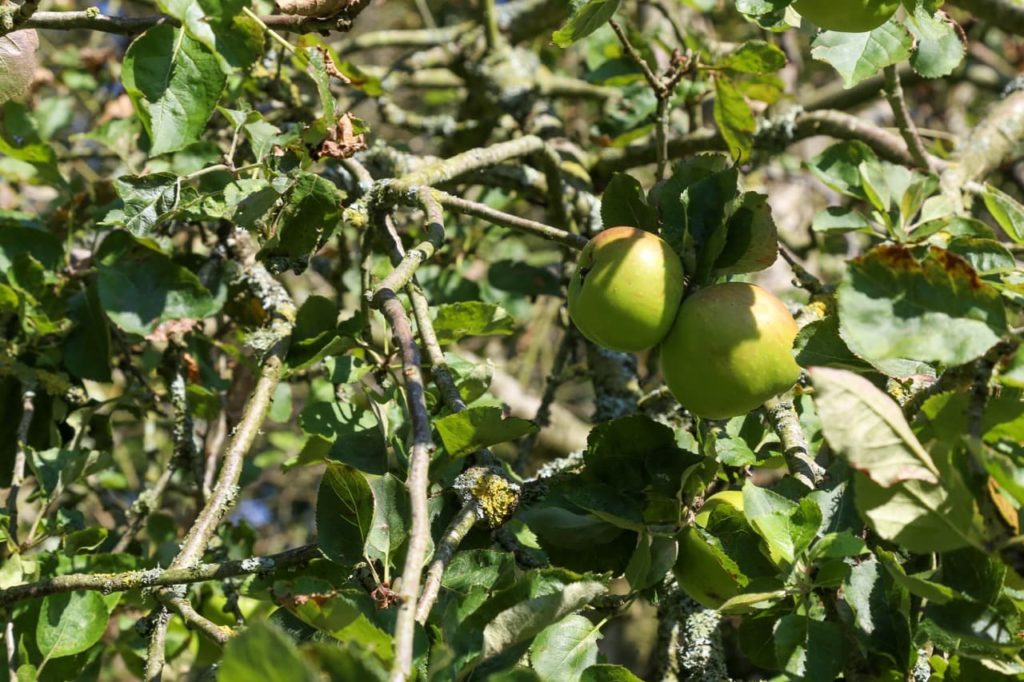
- BOTANICAL NAME: Malus sylvestris
- HARDINESS RATING: H6
- FOLIAGE: deciduous
- FLOWERS: pink and white
- FLOWERING SEASON(S): spring
Crab Apple may not be thought of as a hedging shrub but it is, and what’s more, it is a dual-valued play.
The nicely ovate leaves are a deep, gleaming tone of green.
Over much of spring, this hedge adorns itself with innumerable light, delicate, pink-flushed blossoms, which is the decorative value.
Then, in late autumn, as you admire the glowing orange foliage, Crab Apple hedging proves its utilitarian value; little tart apples to pick and make applesauce, pies and wine with!
13) Common Yew
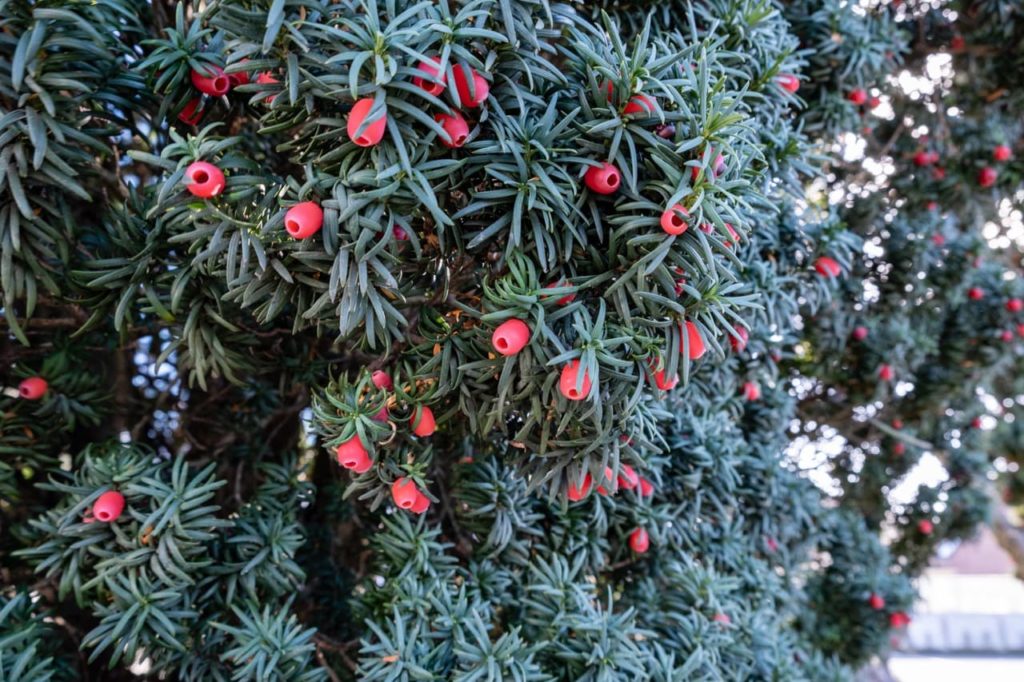
- BOTANICAL NAME: Taxus baccata
- HARDINESS RATING: H7
- FOLIAGE: evergreen
- FLOWERS: yellow
- FLOWERING SEASON(S): spring
Way back when, an English country estate would not be considered complete without Yew hedging.
The very narrow, almost needle-like, leaves are a saturated shade of green and grow very densely, causing the hedge as a whole to appear to be a dark green wall.
Fairly easy to maintain and amenable to shaping, evergreen Yew makes a fantastic boundary wall, topiary or sculpture.
An RHS Award of Garden Merit winner.
What About Box?
You might be wondering why a shrub synonymous with hedging did not make our cut.
Box, or Buxus, is sadly being ravaged in the UK.
Box blight and box tree caterpillar are the primary diseases that are devastating Box and outright killing these hedges, defeating gardeners’ valiant rearguard actions.
Therefore, until horticulturists and manufacturers succeed in turning the tide, I cannot recommend Box.
References
- 1‘UK native’ plants and fungi. (2022, June 28). Kew Royal Botanic Gardens. Retrieved July 6, 2023, from https://growwild.kew.org/blog/uk-native-plants-and-fungi

